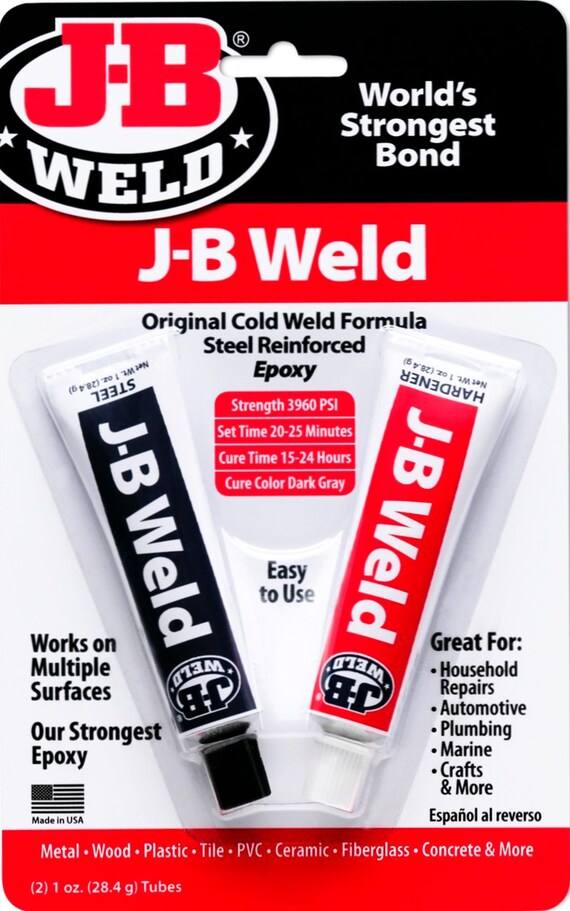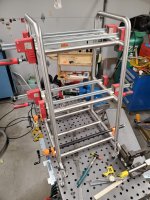Regarding the question of MIG or TIG, I would say it depends on the kind of work you're doing. If you're planning on welding only as a hobby and not doing production work, TIG is cleaner, can weld a wider variety of metals at a lower cost of entry since all you need is different filler rod (or not, if you're just fusion welding), and gives you much more control over heat input.
One thing to keep in mind is material prep for TIG welding. I just spent over an hour today cleaning a couple of dirty metal cylinders I'm TIG welding to incorporate into my Project EVS auto-cycling vacuum pump for veneering. Overkill for sure, but I had the scrap material lying around. For good results with TIG you need the metal to be bright, meaning you have to hit it with a flapdisk or 3M material prep disc to completely remove any coatings. Working with stainless steel adds yet another step of cleaning the parts with iso alcohol or acetone, and back-purging with argon if you care about the weld long-term. I have three angle grinders and three Baldor bench grinders, all with different styles of wheels. At a minimum, you'll want a good bench grinder to hone your tungstens and a good angle grinder for material prep.
Related to material prep is metal dust, weld fumes and proper PPE. You won't want to mix metal dust with wood chips as it's a big fire hazard. If I'm grinding any coating or bare metal, I'm always wearing a full face, sealed respirator with P100 filters, usually the 2297 filter optimized for welding/grinding fumes with "nuisance level" organic vapor filter. I'm super paranoid about metal in the eyeballs and inhaling metal dust. You'll want to consider proper PPE for metal metarial prep and don't make the assumption your woodworking gear will be fine.
I'm in the U.S., so I'm not familiar with either brand of welders you listed. You will absolutely want to select an inverter machine. It really comes down to the thickness and type of material you anticipate welding. My machine goes up to 185 amps which can be a limitation when welding anything thicker than 8mm plate or aluminum, which dissipates heat very quickly. Though my projects aren't structural and don't require full penetration, so rarely do I ever max it out. If you'll be welding mostly mild steel and keeping it under 5mm thickness, look for a TIG welder in the 175a range. Go much higher and you're in the realm of water cooled machines and TIG torches which are great, but costly and probably a bit much for a starter machine.
Oh, and those clamps you got for woodworking? Yeah, they work for welding so long as you don't get them too hot:
[attachimg=1]


